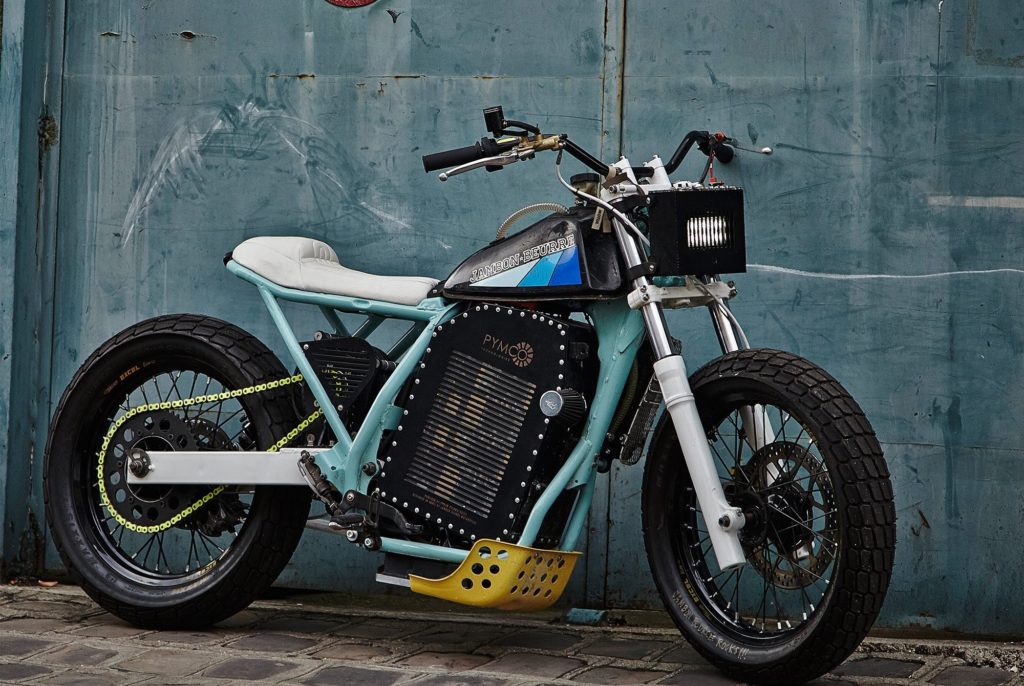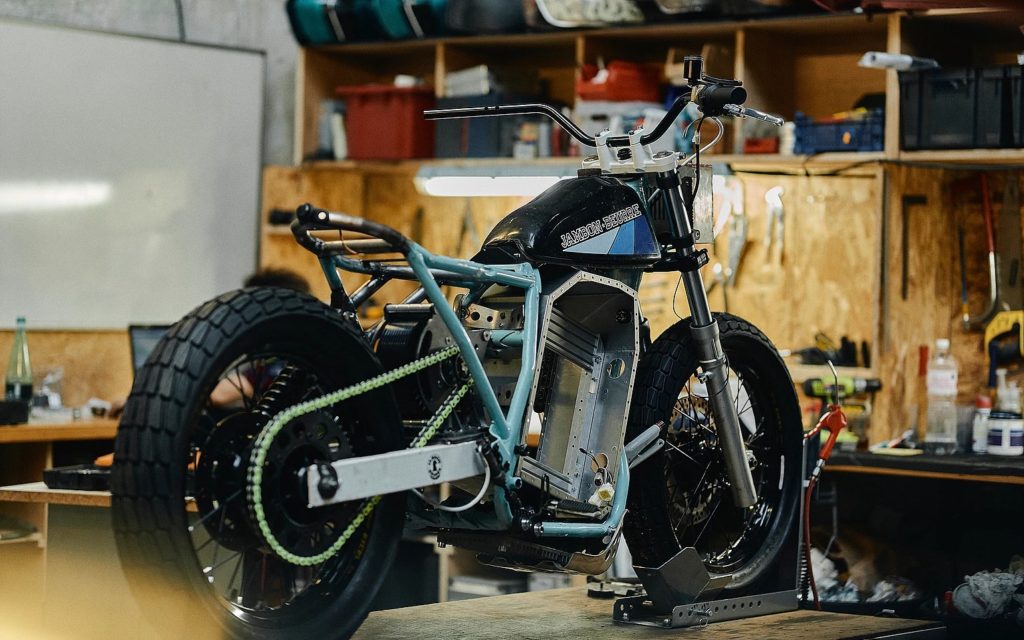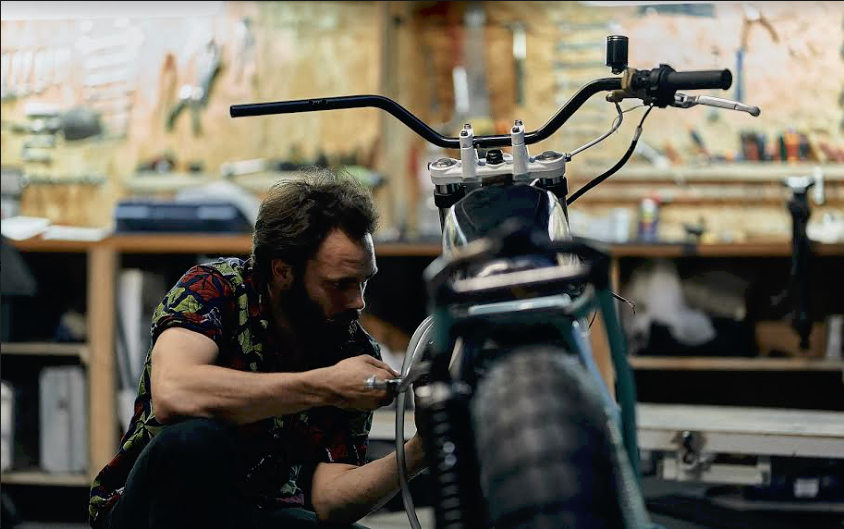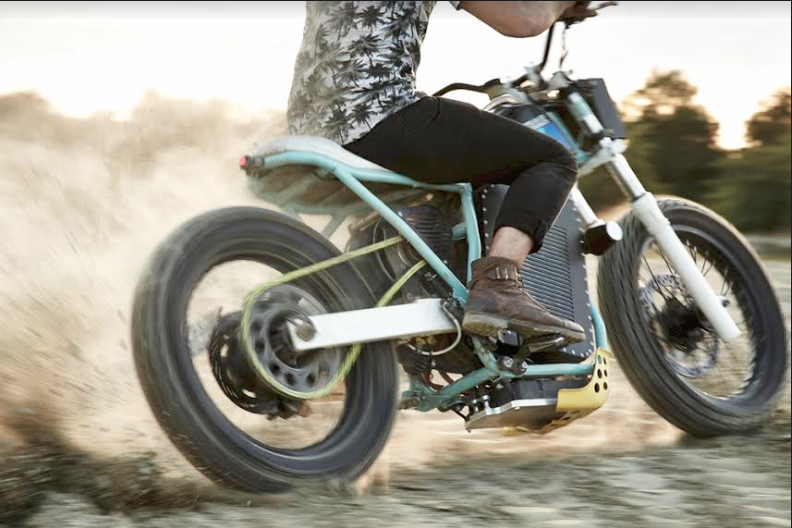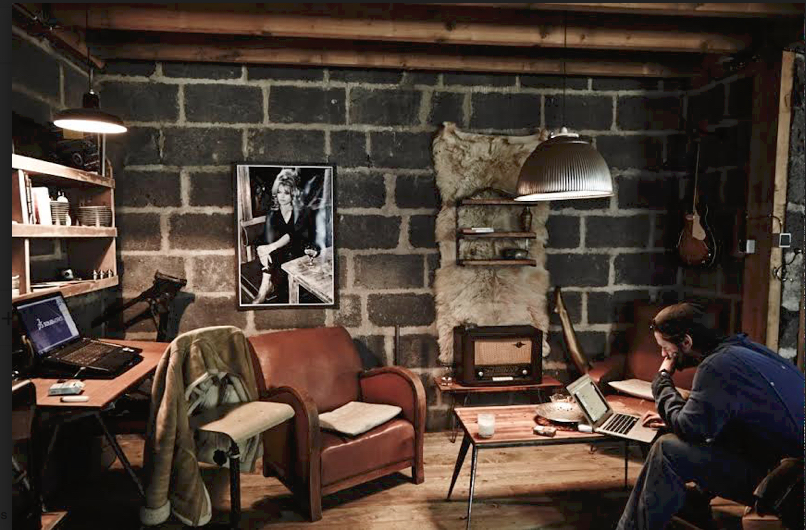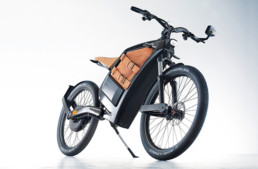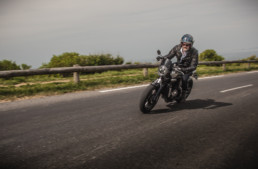Ah, the French*. Indelibly stained by fine wine, fresh baguettes in the morning, the faire la bise (the double kiss on both cheeks), and a genetic grasp of joie de vivre. While their 24 Hours of LeMans is one leg of the Triple Crown of Motorsport (with the Indy 500 and Monaco Grand Prix), their contemporary competitive motorcycle output is minimal today, a situation that rankles many natives. After all, the French invented the automobile (1770), were first to patent the motorcycle (1870), built the first motorcycle industry, and pioneered every engine configuration used on motorcycles today – check out the 1914 Peugeot racer with four-valve heads and double overhead camshafts!
